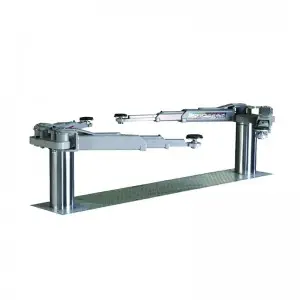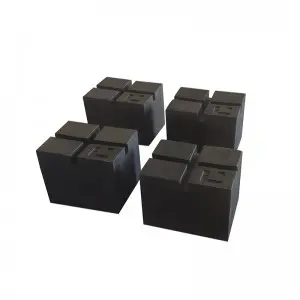
Understanding the Cylinder: Its Properties, Applications, and Significance in Geometry and Engineering
****
The cylinder is a fundamental geometric shape that holds immense importance in various fields, including mathematics, engineering, and physics. Characterized by its circular bases and curved surface, the cylinder is not just an abstract concept; it plays a critical role in design, construction, and the understanding of three-dimensional space. In this article, we will explore the properties of cylinders, their mathematical representations, and their varied applications in real-world scenarios.
A cylinder is defined as a three-dimensional solid with two parallel circular bases connected by a curved surface. The most basic form of a cylinder is the right circular cylinder, where the sides are perpendicular to the bases. In mathematical terms, a cylinder can be described by its height (h) and radius (r) of the circular base. The volume \(V\) of a cylinder can be calculated using the formula:
\[
V = \pi r^2 h
\]
where \( \pi \) (approximately 3.14159) is a constant that represents the ratio of the circumference of a circle to its diameter. The surface area \(A\) of a cylinder, which includes the areas of both circular bases and the curved surface, can be determined by the formula:
\[
A = 2\pi r(h + r)
\]
These mathematical properties establish a strong foundation for understanding cylinders in various contexts.
Cylinders are pervasive in our daily lives and can be observed in a multitude of objects and structures. For instance, many containers, such as beverage cans, storage drums, and pipes, are cylindrical in shape due to the advantages they offer in terms of space efficiency and structural integrity. The even distribution of pressure across the curved surface of a cylinder makes it ideal for holding gases and liquids, preventing buckling from external forces. This property is particularly significant in the design of high-pressure vessels and pipes, where maintaining structural integrity under stress is crucial.
In engineering, the concept of the cylinder extends beyond simple shapes; it encompasses various components involved in mechanical systems. For example, hydraulic cylinders are crucial in machinery and equipment. These devices convert hydraulic energy into mechanical energy, enabling motion and force generation. They are foundational in diverse applications, including construction machinery, automotive systems, and manufacturing processes. The function of a hydraulic cylinder is based on Pascal’s principle, which states that pressure applied to a confined fluid is transmitted undiminished throughout the fluid. This principle allows hydraulic systems to perform heavy lifting and precise movements efficiently.
From a geometrical and architectural perspective, cylinders also feature prominently in design. They are often used in columns and structural elements that support buildings. The inherent strength of cylindrical forms makes them excellent choices for bearing loads. For instance, the columns in ancient architecture and modern skyscrapers are frequently cylindrical, showcasing their ability to carry heavy weights while maintaining aesthetic appeal.

Understanding the Cylinder: Its Properties, Applications, and Significance in Geometry and Engineering
In addition to practical applications, the cylinder is a subject of fascination in various scientific theories. In the realm of physics, tubular structures such as the Radial Bending Theory arise, which explores the properties of cylindrical shapes under various types of stress and strain. The study of cylinders also extends to rotational motion, vibrations, and oscillatory systems in engineering applications. Understanding the behavior of fluids in cylindrical vessels, such as in the case of fluid dynamics, is another critical area of research that has implications for various scientific and industrial processes.

Understanding the Cylinder: Its Properties, Applications, and Significance in Geometry and Engineering
Art and design appreciate cylinders for their simplicity and elegance. Artists and architects often draw inspiration from the cylinder’s unassuming yet bold presence, creating pieces that incorporate cylindrical forms for both aesthetic and functional purposes.
In conclusion, the cylinder is a shape that transcends simple geometric definitions; it is a vital part of our physical world, serving practical purposes in the fields of engineering, architecture, and scientific study. Understanding the properties and applications of the cylinder empowers designers, engineers, and scientists to innovate and create solutions that enhance our quality of life. Whether as a structural component, a device in machinery, or an artistic inspiration, the cylinder remains integral to both the natural and human-made environments we inhabit.Quick Lift



